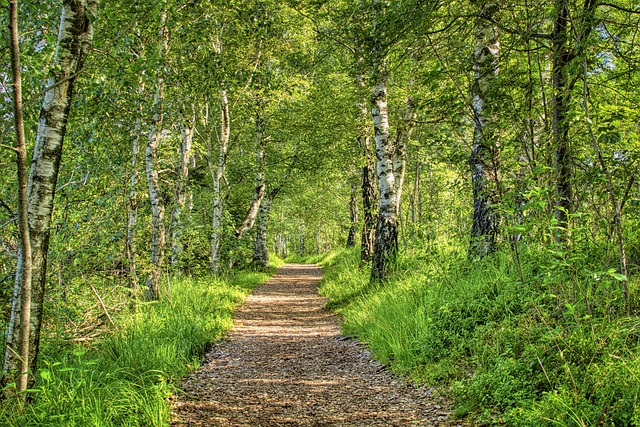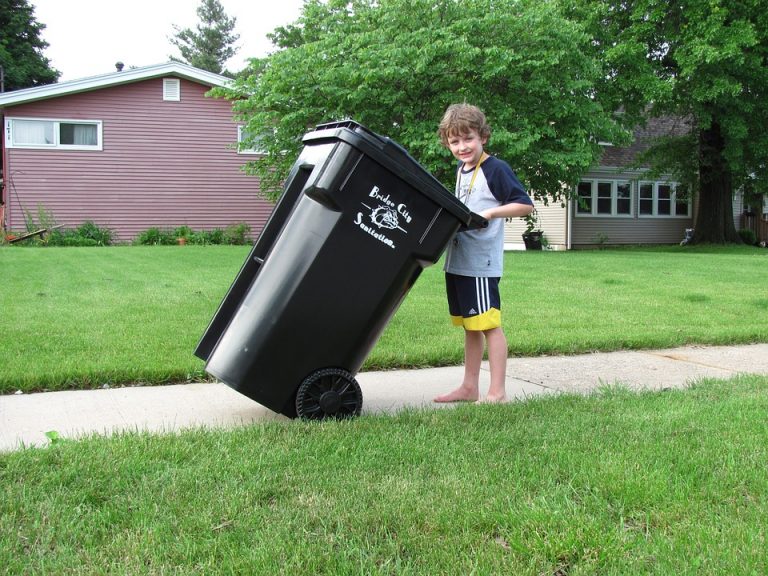
If you have mature trees in your garden, then keeping them healthy is a priority. Firstly, you should know what sort of tree it is and what it needs – if you buy your trees from The Tree Center you can always ask for advice – and then take it from there.
Protect your roots
Your trees’ roots are essential to their health. You need to focus on the critical root zone (CRZ) of each tree. The CRZ is the imaginary circle drawn on the ground that follows the circumference of the branch spread.
In reality the roots extend way beyond the CRZ and they’re often not arranged symmetrically. But the CRZ is the area that’s the most sensitive to damage, or sudden changes to the soil. Don’t compact the soil here, don’t park cars, use weed killers, or let the kids dig holes; just be gentle here.
Protect the tree bark
Your trees’ bark is their shield, it protects them from insects, fungi, water loss and minor injuries. It’s easy to damage bark, though; here are some common hazards:
- garden sprinklers – if your sprinklers hit the same patch of bark over and over again, the bark may become damaged, so make sure this doesn’t happen;
- branches rubbing it – as you can imagine, this can easily cause injuries to the bark, so either secure “rogue” branches or prune them;
- lawnmowers and weed-whackers – make sure you keep them well away from tree trunks, and
- vehicles – cars can drive into them, or park in the CRZ. Remove any branches that could be damaged and place reflectors on the trunk so it can be seen at night.
Water your trees effectively
If your trees are mature they’ll be able to survive most weather conditions, but a long drought may test them. Making sure they’re healthy to start off with will help them to cope with rough patches.
Don’t water them during the dormant period, save this for high summer or a drought. When you do water your trees, give them a lot of water infrequently, rather than smaller drinks every day or two. It is also a good idea to use a garden hose that has a hose nozzle attached to it for your watering needs.
Prune wisely
Winter is the best time to prune, as it doesn’t destroy any new growth. If you’re new to pruning, or you are too “enthusiastic”, then get a professional in! Here’s the basic rules, though:
- crossing branches – remove the thinner branch to encourage the bigger one to grow;
- dead or broken branches – cut them off cleanly to let the stump heal. If you leave a broken or dead branch on a tree it can let in moisture and pathogens, so a clean cut is important, and
- remove low branches – only as necessary though. You might want to remove any that regularly get hit by cars, that block out light, or just look out of place.
Look after the soil
In the wild, trees are always surrounded by a layer of leaf litter and mulch that provides the soil with nutrients and microbes, which help to break down nutrients further. This mulch also regulates the temperature and moisture content of the soil and is vital to long-term tree health.
You can provide your own mulch either by buying it or using fallen leaves from your own garden and putting down a three-inch layer around the base of the tree. You should avoid the very base of the tree and extend the cover out by two or three feet.




Leave a Comment